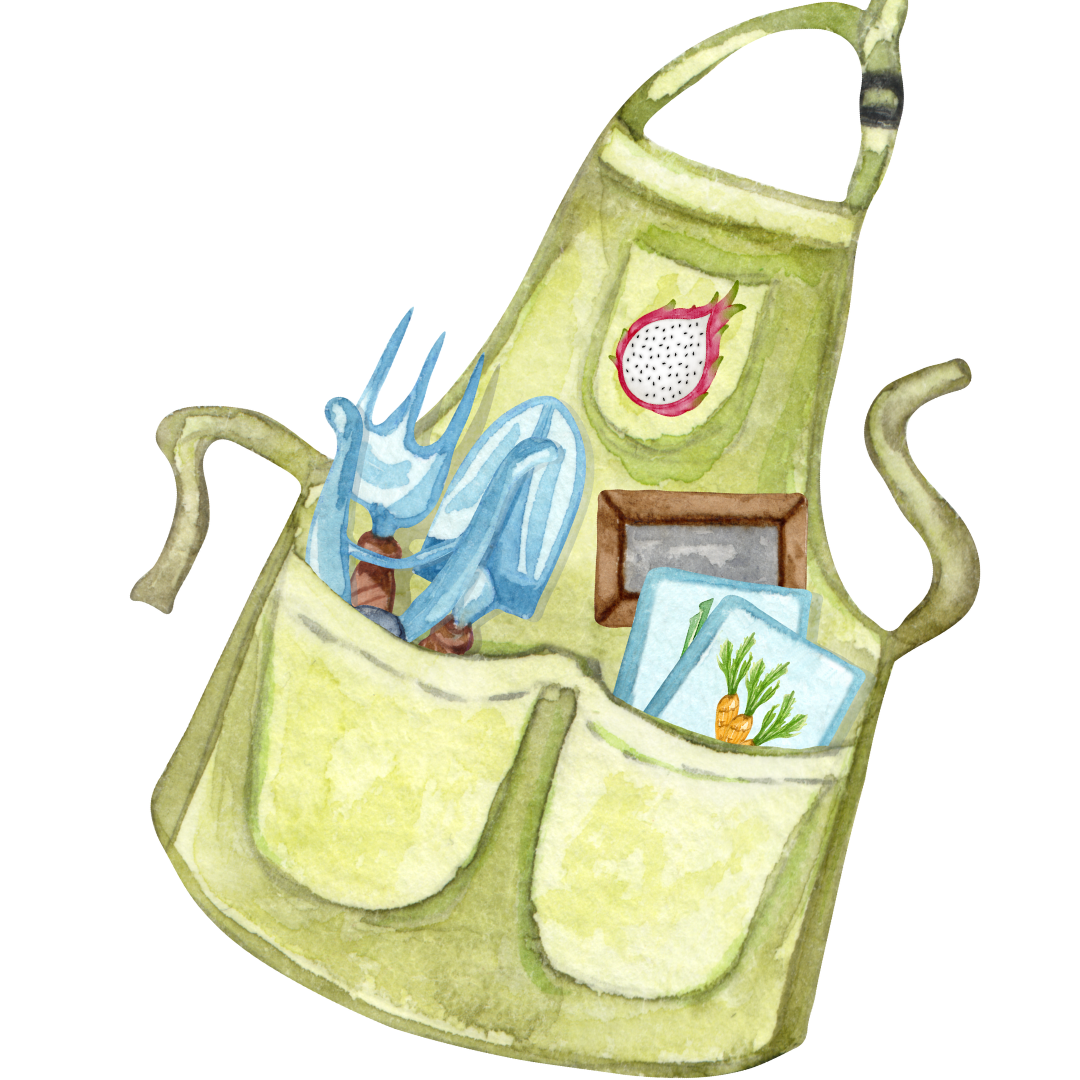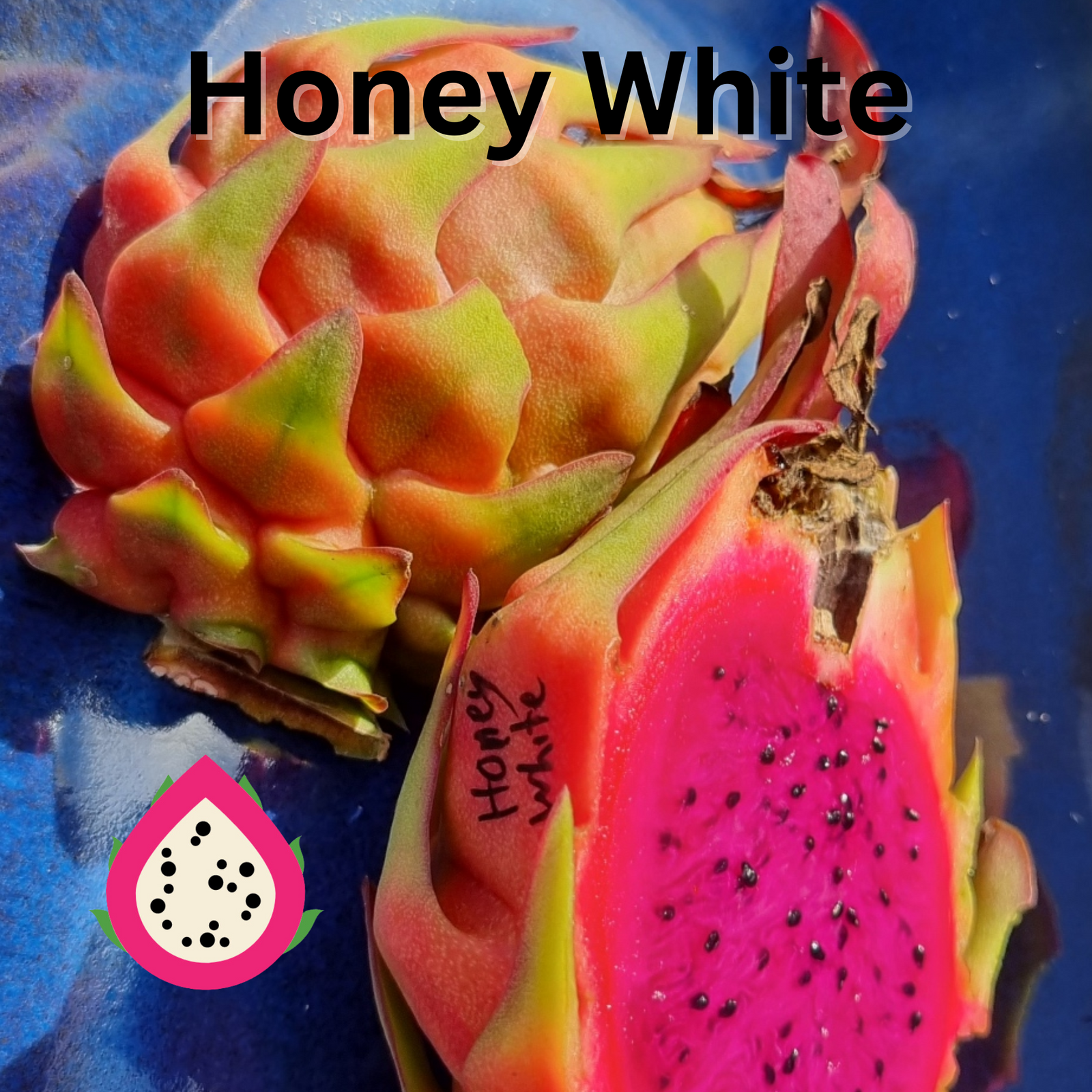Increasing thermal mass in a garden is a useful strategy for keeping the garden warm in cold climates. Thermal mass refers to materials that can absorb and store heat, releasing it slowly over time. By incorporating thermal mass elements into your garden design, you can help stabilize temperature fluctuations and provide a more conducive environment for plant growth. Here are some ways to increase thermal mass in your garden:

-
Raised Beds: Build raised beds using materials with good thermal mass properties, such as concrete blocks, bricks, or stone. These materials can absorb heat during the day and release it at night, keeping the soil and plants warmer.

-
Gravel Paths: Use gravel or stone for garden pathways. These materials heat up during the day and radiate heat at night, creating a microclimate that can benefit nearby plants.

-
Stone or Concrete Borders: Surround your garden beds with stone or concrete borders. These elements will absorb heat during the day and release it slowly, helping to maintain a warmer environment within the garden.


-
Garden Walls: Consider building low walls or retaining walls using materials like concrete or brick. These walls can act as thermal mass and protect your garden from cold winds, creating a warmer microclimate.

-
Containers: Choose heavy, dense containers made of materials like clay or concrete for your potted plants. These containers will provide thermal mass and help keep the root zones of your plants warmer.

-
Mulch: Apply a layer of organic mulch, such as straw or wood chips, to the soil surface. Mulch helps regulate soil temperature by insulating it, preventing rapid temperature fluctuations.
-
Compost: Incorporate compost into your garden soil. Organic matter, like compost, can act as thermal mass, stabilizing soil temperatures and improving overall soil health.

-
Water Features: Consider adding water features, like ponds or small water containers, to your garden. Water has a high heat capacity and can act as a thermal mass element, absorbing heat during the day and releasing it slowly. It also increase humidity that can help with Melbourne, Sydney and Adelaide dry summers.

-
Greenhouses or Cold Frames: Use a greenhouse or cold frame to trap heat and create a warmer environment for your plants during cold weather. These structures often have good thermal mass properties due to their construction materials.
By incorporating these elements into your garden design, you can increase thermal mass and create a more favorable microclimate for your plants, helping them thrive in colder climates.
Recycled items you can use are old roof tiles, bricks and concrete.
Please also see blog on frost protection.







